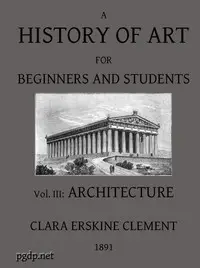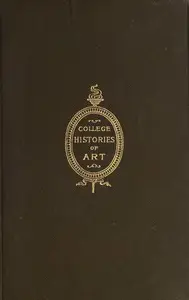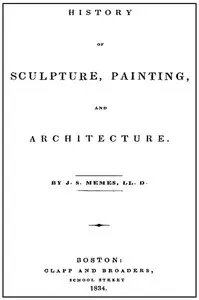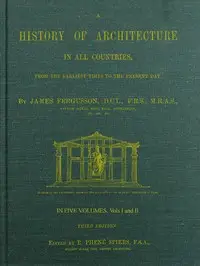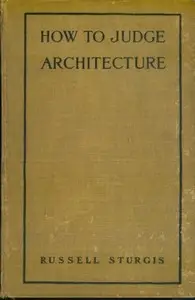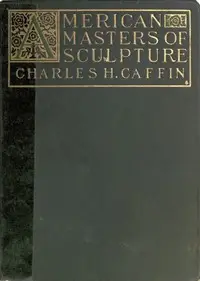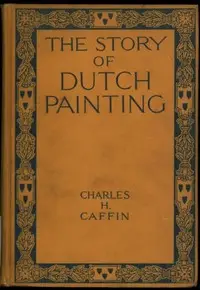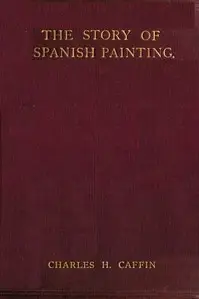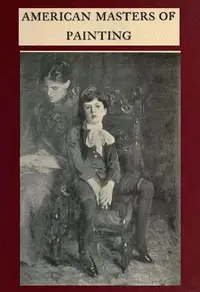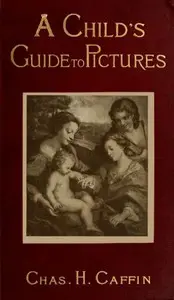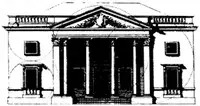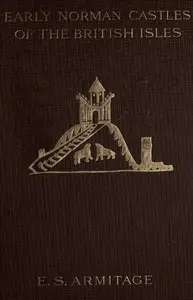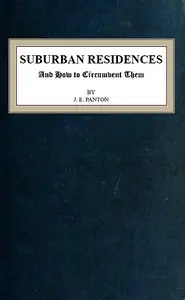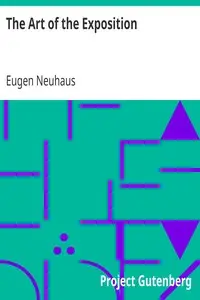"How to Study Architecture" by Charles H. Caffin is a book that looks at how architecture has changed over time as civilizations have changed what they find important and beautiful. Caffin shows how architecture, beauty, and how well a building works are all connected, so readers can learn to appreciate buildings more. The book starts by talking about what architecture, art, and beauty really mean, explaining that architecture is both a science and an art because people need shelter that also looks nice. Caffin writes about how buildings make us feel and argues that we should really understand and appreciate the designs of buildings, and that architecture went from simple shelters to complex designs as civilization progressed, and then gets ready to explore different styles of architecture from different times and places.
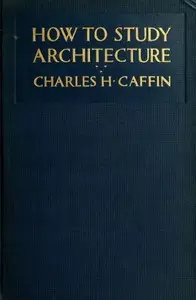
How to Study Architecture
By Charles H. (Charles Henry) Caffin
Discover how buildings reflect the soul of civilization, blending art and science to shape our world.
Summary
About the AuthorCharles Henry Caffin was an Anglo-American writer and art critic, born in Sittingbourne, Kent, England. After graduating from Magdalen College, Oxford, in 1876, with a broad background in culture and aesthetics, he engaged in scholastic and theatrical work. In 1888, he married Caroline Scurfield, a British actress and writer. They had two children, daughters Donna and Freda Caffin. In 1892, he moved to the United States. He worked in the decoration department of the Chicago Exposition, and after moving to New York City in 1897, he was the art critic of Harper's Weekly, the New York Evening Post, the New York Sun (1901–04), the International Studio, and the New York American. His publications are of a popular rather than a scholarly character, but he was an important early if equivocal advocate of modern art in America. His writings were suggestive and stimulating to laymen and encouraged interest in many fields of art. One of his last books, Art for Life's Sake (1913), described his philosophy, which argued that the arts must be seen as "an integral part of life....[not] an orchid-like parasite on life" or a specialized or elite indulgence. He also argued strenuously for art education in American elementary schools and high schools and was a frequent lecturer.
Charles Henry Caffin was an Anglo-American writer and art critic, born in Sittingbourne, Kent, England. After graduating from Magdalen College, Oxford, in 1876, with a broad background in culture and aesthetics, he engaged in scholastic and theatrical work. In 1888, he married Caroline Scurfield, a British actress and writer. They had two children, daughters Donna and Freda Caffin. In 1892, he moved to the United States. He worked in the decoration department of the Chicago Exposition, and after moving to New York City in 1897, he was the art critic of Harper's Weekly, the New York Evening Post, the New York Sun (1901–04), the International Studio, and the New York American. His publications are of a popular rather than a scholarly character, but he was an important early if equivocal advocate of modern art in America. His writings were suggestive and stimulating to laymen and encouraged interest in many fields of art. One of his last books, Art for Life's Sake (1913), described his philosophy, which argued that the arts must be seen as "an integral part of life....[not] an orchid-like parasite on life" or a specialized or elite indulgence. He also argued strenuously for art education in American elementary schools and high schools and was a frequent lecturer.

